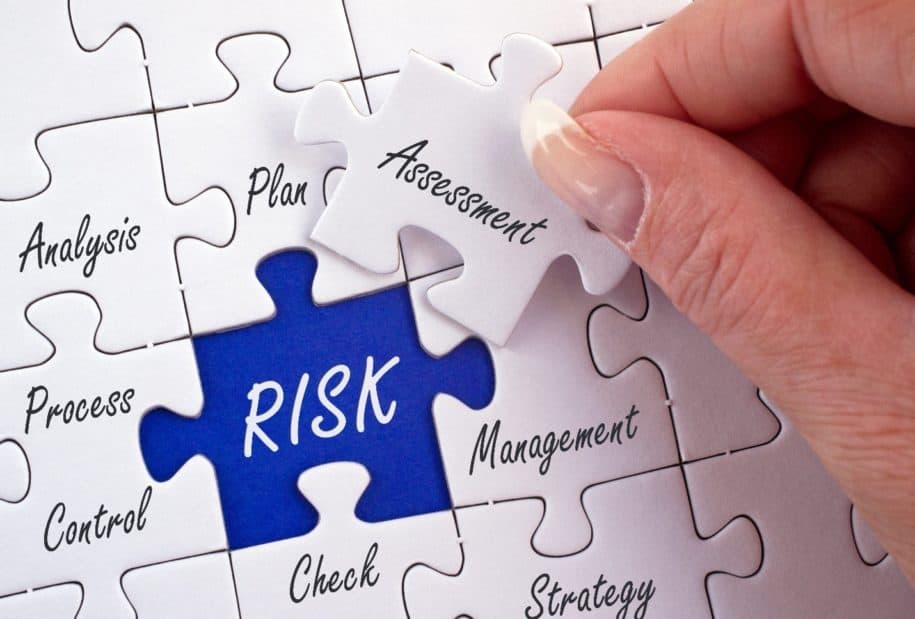The COVID adventure we have been living for the past two years demonstrates the challenge of risk assessment in a complex, rapidly changing environment. The risks associated with COVID-19 exposure have evolved with the virus, resulting in significant confusion and controversy. The most controversial questions include when wearing masks is appropriate, what kinds of masks are appropriate, what constitutes “adequate ventilation,” and whether vaccine requirements are an infringement on rights and freedom.
The disorder in recent decision-making can be attributed to many of the generic challenges associated with risk assessment. These challenges include:
- The system boundaries used to conduct the same risk assessment vary with the assessors’ expertise and encounters with similar situations (i.e., their individual “professional intuition”). For example, public health professionals will consider the impact of their recommendations on a large group of people, while parents are more likely to speculate on a personal scale, particularly the potential risk of vaccination to members of their family. These two separate realms of priorities lead to differing conviction about the best path forward.
- Relevant solutions will vary from profession to profession. For example, application of ventilation protocols for infection control works well in a health care setting but does not translate into public buildings with alternative system designs.
- Variations in risk assessment also result from conflicts of interest between those who receive the benefit from the inherent risks of suggested solutions and those who receive the consequences.
While technical information about the severity and frequency of the risks of COVID infection has become clearer, decision-makers still conflict over appropriate cautionary measures. The differences may be based on professional expertise and/or business interests that are impacted by these recommendations.
The introduction of the Risk-Assessed Management Plan (RAMP) paradigm, first described by Hill and Finster[1] and then developed by the American Chemical Society, improves the risk assessment process in several ways:
- Hazard and risk are distinct parts of the assessment process – confusion often results from overlooking the difference between these two in the interest of making a quick decision.
- Management decisions are separated from assessment—reducing the conflicts of interest present when choosing the best management options.
- Planning for emergencies is included—the changing nature of risks is acknowledged and made a routine part of the planning process.
The RAMP paradigm also identifies ways to continue adapting the risk assessment process.
1. Diversifying the Assessment Team
By having a wider set of perspectives in any given situation a group can better identify unrecognized hazards, reprioritize risks through a greater understanding of their potential impacts, spot management resource gaps before critical decisions are made, and support teamwork as the situation changes.
2. Utilizing FAIR Data
Science takes time and, as I described in a previous blog entry, using FAIR data is a core element in mitigating misunderstanding and maintaining the scientific process.
3. Creating Awareness of Risk Model Bias
One of the differences of opinion that professionals from varying institutions unconsciously adopt is a bias when assessing risk known as “risk models.” A recent example of this is the controversy over whether COVID spread primarily through airborne transmission or contact with contaminated surfaces. Medical professionals initially relied on traditional models that emphasized surface transmission of the virus, which led to the early preference of disinfecting surfaces over wearing masks to control the pandemic. Over time, this model proved unsuccessful in deterring transmission, and masks were recognized as a key protective strategy in controlling the spread of the virus. Again, diversifying perspectives within the assessment team helps identify the risk model utilized in decision making.
Risk assessment is the most complex aspect of the RAMP process because it is situation-specific, and risks impact stakeholders in varying ways. All the quandaries associated with COVID-19 protocols hinge on both the different risk assessments and perceptions of the (wildly diverse) decision-makers, becoming an extreme example of the difficulties commonly involved in assessing risk. Critical thinking about your designated risk assessment process involves awareness of RAMP principles and is an important part of making sustainable safety and health decisions.
[1] Laboratory Safety for Chemistry Students 2nd Edition by Robert H. Hill Jr. and David C. Finster
AUTHOR BIO

Ralph Stuart, CIH, CCHO is the Environmental Safety Manager at Keene State College in Keene, NH. He has over 30 years of experience in addressing Indoor Air Quality concerns and optimizing laboratory ventilation for safe energy conservation. He is the past chair of the American Chemical Society’s Committee on Chemical Safety.


